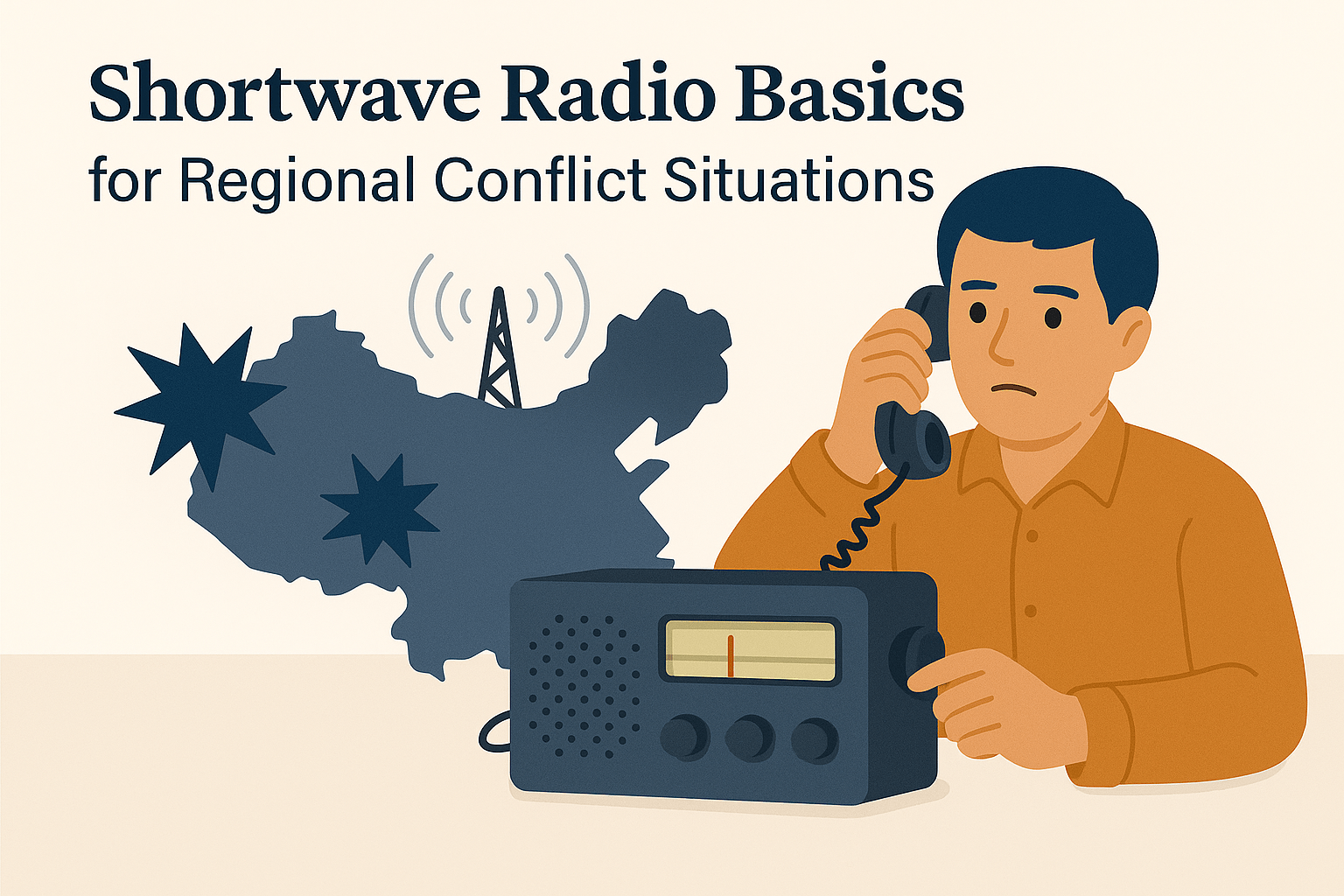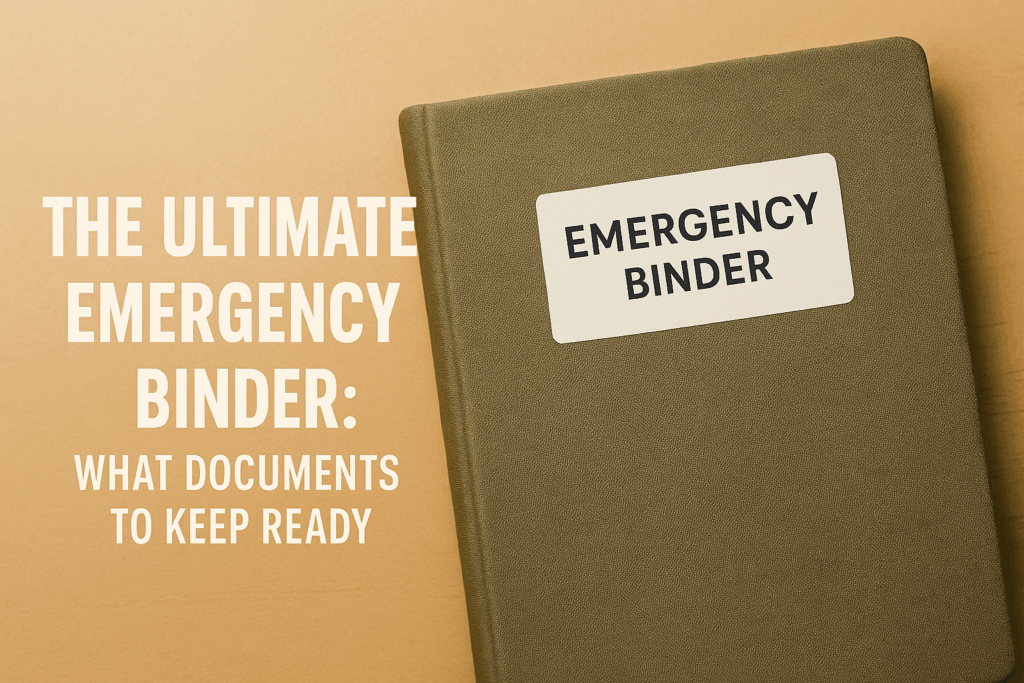In today’s world of smartphones, high-speed internet, and 24/7 news updates, it’s easy to take communication for granted. But when disaster strikes—especially during regional conflicts—those modern systems can go down fast. Cell towers get damaged, power grids collapse, and digital networks become unreliable or even censored. That’s when old-school technology shines. Shortwave radios, often overlooked, can be lifelines during emergencies. They don’t rely on local infrastructure and can receive broadcasts from hundreds or even thousands of miles away. Understanding how to use a shortwave radio for emergencies could be one of the smartest prepping moves you make.
Why Shortwave Radios Still Matter
When you hear “shortwave radio,” you might picture something from a history museum. But don’t be fooled—this is one piece of tech that’s stood the test of time for a reason. Unlike regular FM/AM radios that rely on nearby towers, shortwave radios pick up signals that bounce off the atmosphere. That means you can tune into broadcasts from across continents, even in the middle of a blackout or conflict zone. For preppers, travelers, or anyone in unstable regions, a shortwave radio for emergencies offers reliable access to information when the modern grid goes dark.
Choosing the Right Shortwave Radio
Not all radios are created equal. If you’re shopping for a shortwave radio for emergencies, look for models that include multiple power options—like hand-crank, solar, and battery power. Bonus points if it also receives AM/FM and NOAA weather bands. Portable models are great for bug-out bags, but tabletop units might offer better reception if you’re staying put. Brands like Tecsun, Eton, and Kaito get consistent praise in preparedness circles. Also, consider one with digital tuning—it’s easier to find stations quickly when you’re under stress. The key is reliability, versatility, and ease of use.
How to Use Shortwave Radio in a Crisis
Let’s say the power’s out, the internet’s down, and you need updates. Turn on your shortwave radio, extend the antenna fully, and slowly scan through the international bands—typically between 5.9 and 26.1 MHz. Look for broadcasts from global sources like the BBC, Voice of America, or Radio Free Europe. These stations often continue broadcasting during regional conflicts. You’ll want to keep a cheat sheet of frequencies and time zones handy since shortwave schedules change. Practice scanning during “normal” times so you’re ready when it counts. Like any emergency tool, familiarity breeds confidence.
Staying Informed Without Being Tracked
One underappreciated benefit of using shortwave radio for emergencies is privacy. Unlike smartphones, shortwave radios are passive receivers. You can gather information without transmitting anything—no data trails, no pings, no digital footprints. In tense or censored environments, that matters. It allows you to stay aware of what’s going on around you—without tipping off digital surveillance systems. That kind of quiet situational awareness can be life-saving. Just remember: knowledge is power, especially when it’s one-way and secure.
Wrapping Up: Be Ready to Tune In
Shortwave radios might seem outdated, but when it comes to regional conflict or major disruptions, they’re still one of the most reliable tools in your emergency kit. They’re affordable, portable, and functional when everything else fails. Whether you’re prepping for grid failure, censorship, or natural disasters, knowing how to use a shortwave radio for emergencies gives you access to the outside world when your immediate world is falling apart. So don’t wait for the next blackout or breaking news to catch you off guard—charge it up, tune it in, and be ready.




